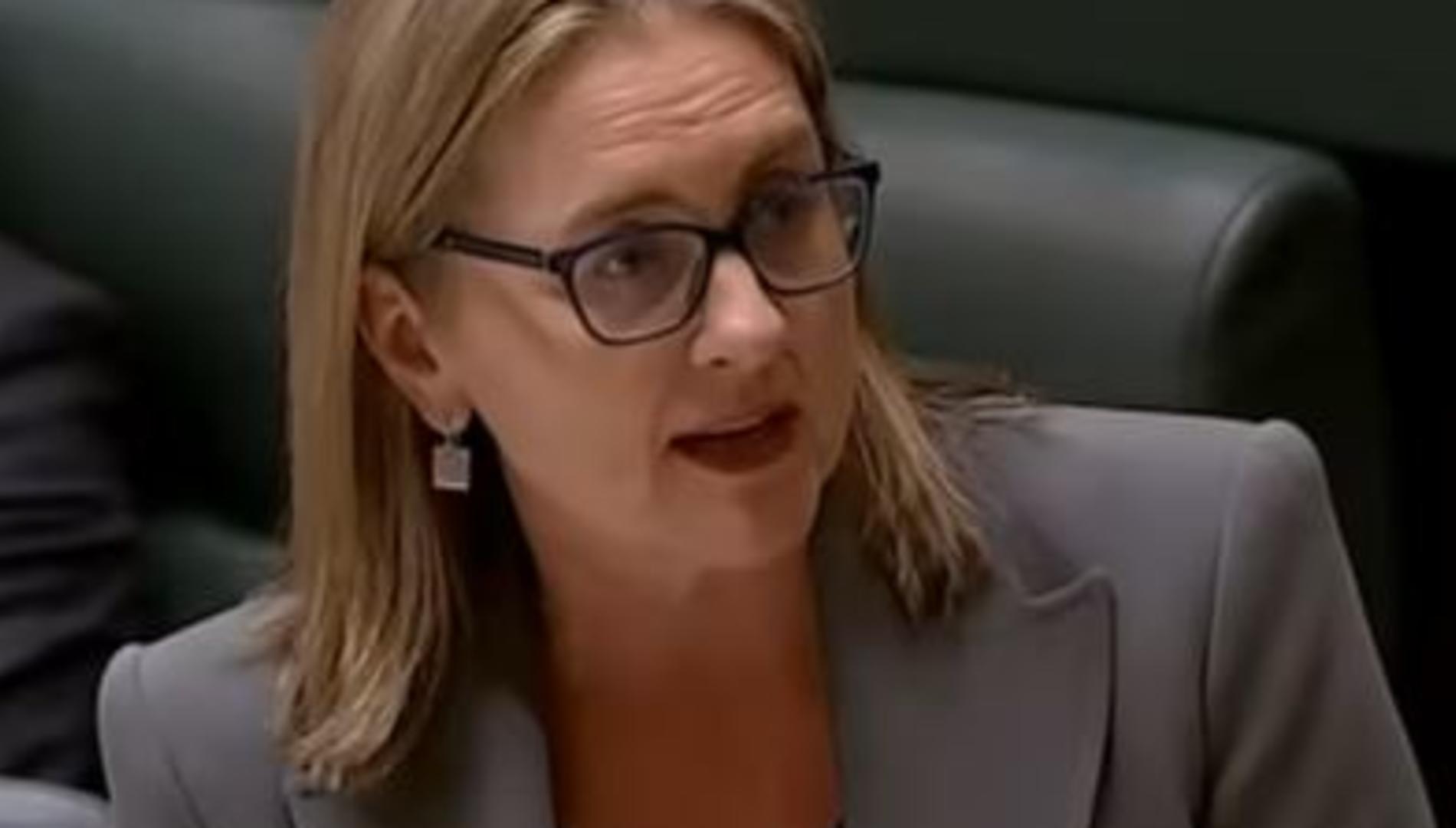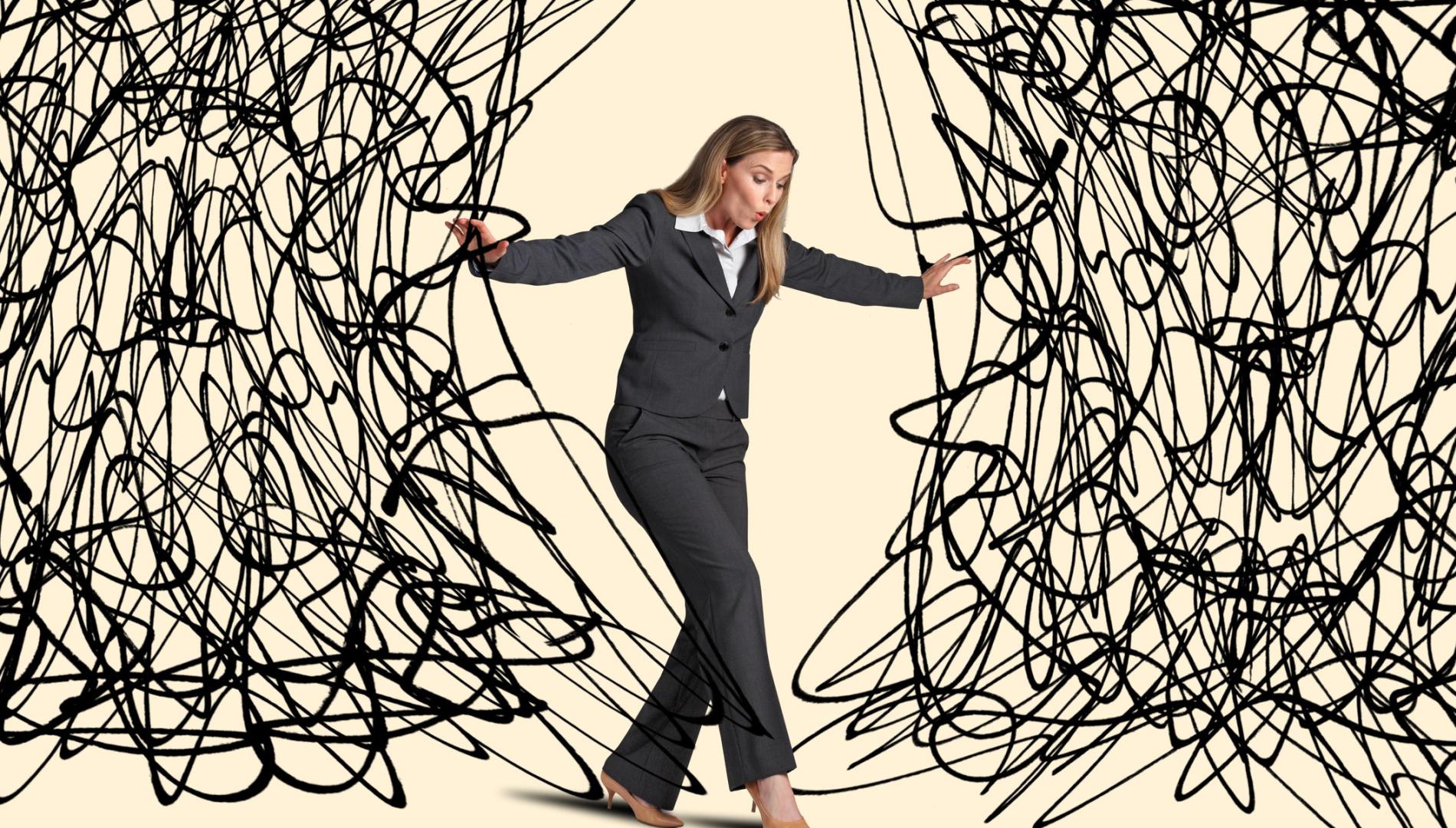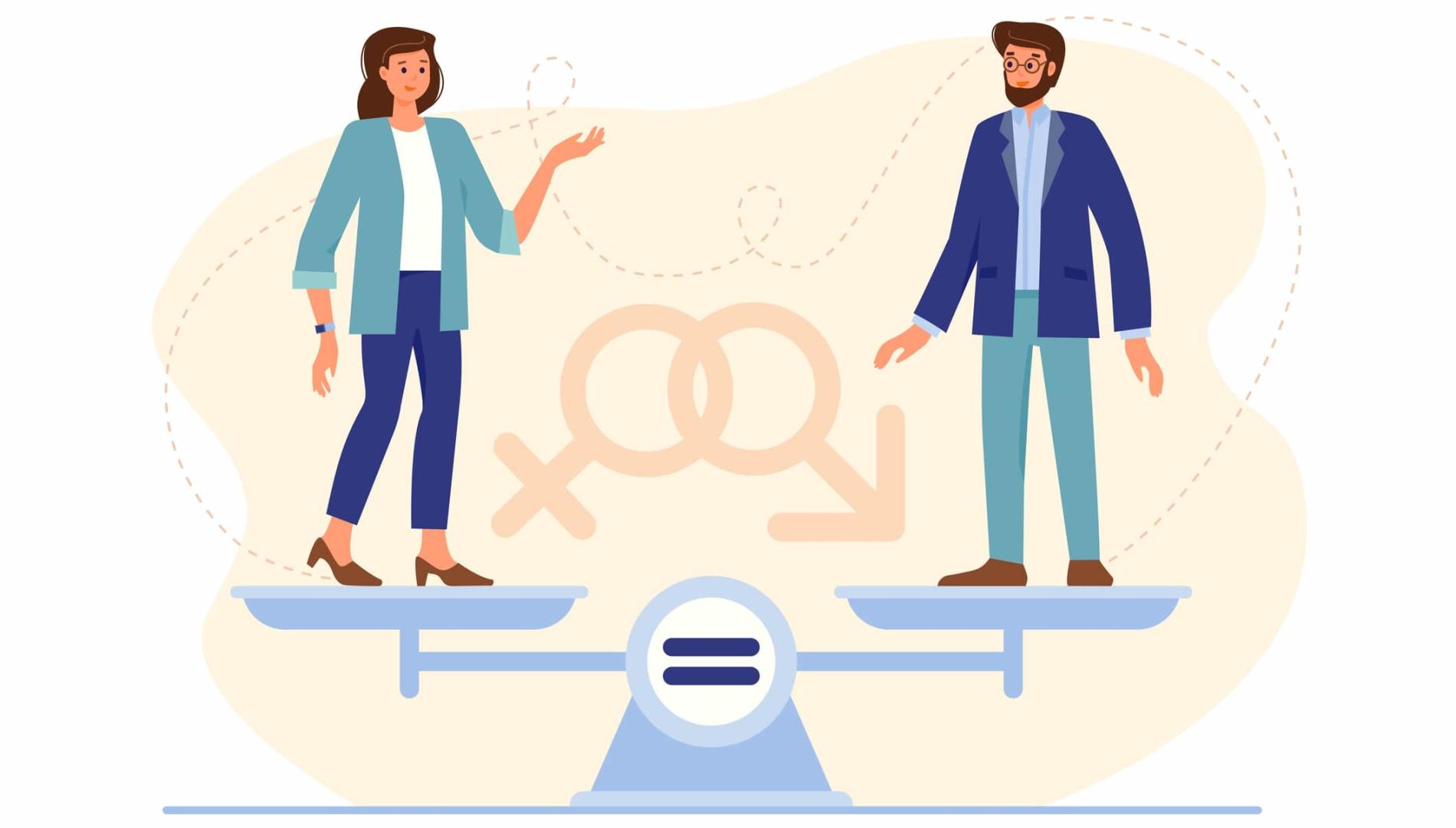Failure to launch: Young women and political leadership in Australia
Last week, former prime minister Tony Abbott called for more women to be represented in the Australian parliament. While his comments were focused on the Liberal Party, they did remind us of the consistent gap that remains between the number of men and women in the nation’s parliament.
This is highly problematic, as a lack of women in the national legislature suggests our political system is misfiring.
The inequality of gender representation also undermines the democratic notion of government being for the people, by the people.
This problem isn’t unique to Australia, as many other countries continue to have fewer women than men representing the community in the national parliament.
Read more: The barriers preventing migrant women engaging in Australian politics
Australia became a world leader when, in 1902, women gained the power to vote, and also stand for election to the parliament of Australia. But it took more than 40 years until, in 1943, Enid Lyons and Dorothy Tangney became the first women elected to the national parliament.
The situation has changed since the 1940s, but we’re still a long way from enjoying gender parity in parliament. For example, at the start of 2024, Australia was ranked 37th in the world for the percentage of women in its national parliament, with just 38% of seats in the House of Representatives (where governments are formed) being held by women. The story is somewhat better in the upper house, as 57% of seats are occupied by women.
The contributing factors
In a recent research project, we sought to identify and understand the factors in Australia that contribute to fewer women being represented in the nation’s parliament. In doing so, our focus was on the ambitions of young women to run for public office.
Just before the last federal election, we interviewed young people (men and women between 28-29 years old) who were part of the Our Lives cohort, which is a longitudinal research project that began in 2006.
Our findings revealed some persistent barriers that continue to thwart the political ambitions of young women from standing for election.
Gender stereotypes
Participants reported gender roles were a major factor stopping them from even considering running for public office.
Women we spoke with highlighted they felt as though there were community expectations for them to look after their children and families, rather than take on leadership roles.
As one of our participants summarised, there remained a deep expectation that “men are politicians, not women”.
Knowledge and confidence
Young women who participated in our study continue to feel as though they’re not ready to run for public office. This was reflected in the stories our participants told us about lacking confidence in their own knowledge of how the political system operates.
Many also reported they felt as though they didn’t have the skills to be an effective member of parliament. This aligns with findings from other countries, which demonstrate that young women often underestimate their own skills or preparedness to be an elected representative.
Toxic politics
One of the greatest concerns about politics for young women revolves around the culture of parliament. They were put off by the theatrical performances of question time, and were highly critical of the demonstration of overt aggression and brusque behaviour by politicians.
Believing parliament remained a “boys’ club”, our participants were concerned about their personal safety if they were to work in parliament.
Many pointed to the allegations of sexual assault, harassment, and misconduct in the nation’s parliament in recent years as a key reason to shun politics.
Read more: He said, she said: Shining a light on gender and political leadership in Australia
Where to from here?
The findings of our research show gender-based factors continue to hinder young women’s participation in politics.
Some of these challenges must be addressed by institutional actors. The national parliament, for example, has established the Parliamentary Workplace Support Service, which was one of the recommendations made by the Independent Review into Commonwealth Parliamentary Workplaces.
More, however, must be done across broader society.
The women we spoke to demonstrated a lack of confidence in their own abilities. One way to address this would be through specific education programs in schools with the goal of building young women’s political confidence.
Additionally, redoubling efforts in building political knowledge through civics and citizenship education would go a long way to help foster the political ambitions of young women, and help make the national parliament more diverse and representative of the Australian population.









